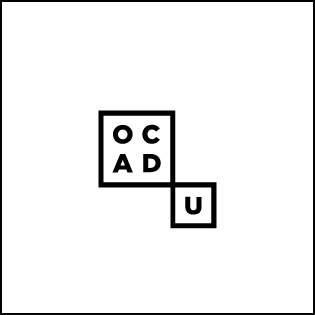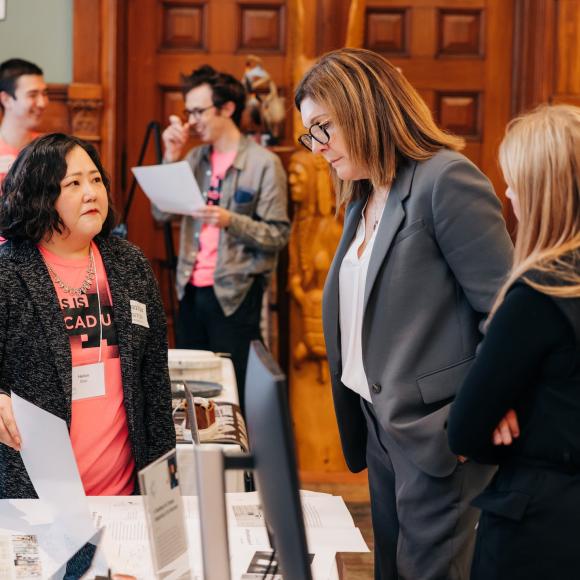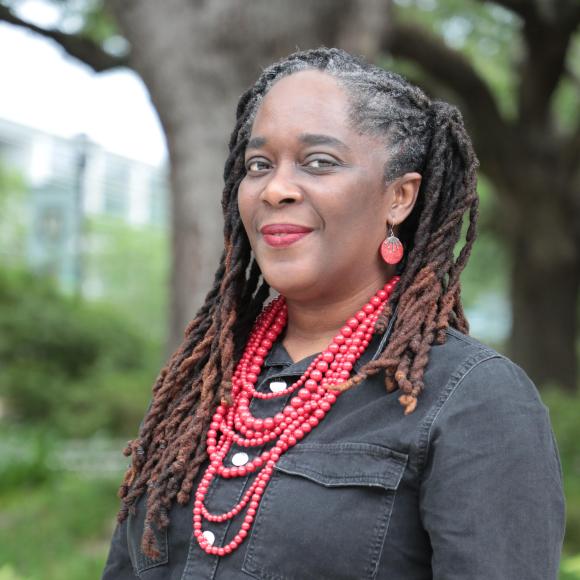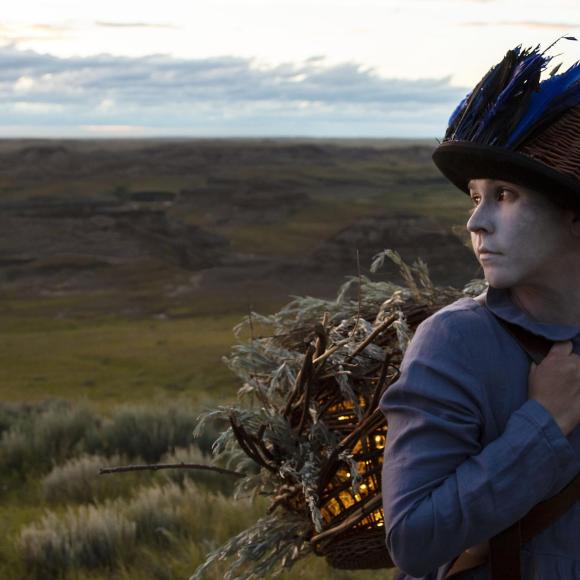Update: Design Wo/ManifesT.O. 2020

Professor Saskia van Kampen (San Francisco State U) and Associate Professor Cheryl Giraudy (OCAD U) have received almost $25,000 under the Canada SSHRC Partner Engage Grant (PEG)
for their Toronto-based research project Design Wo/ManifesT.O. 2020.
“Design speaks to the potential for equitable spaces and attempts to visually and physically represent our collective aspirations for the future”-Colloqate Design
Design Wo/ManifesT.O. 2020, a 4+ phase 2-year research project employing Narrative Inquiry and Participatory Action Research (PAR) methods has been working with Toronto’s municipalities and community members through story-sharing and creative workshops to find unique, ad hoc and grassroots interventions for placemaking in the urban context. The project has now partnered with New Orleans-based, non-profit Colloqate Design for a “Creative Practice as Protest” (CPP) Workshop, and an exciting student/NextGen Ideas Competition that will be funded through the partnership grant. Working with Colloqate Design’s founder, architect Bryan C. Lee, Jr., professors van Kampen and Giraudy will organize two events aimed at youth in the city-an inclusive and respectful design workshop, and a borough-wide placemaking Ideas Competition that addresses pressing community issues. Colloqate states:
“Injustice and inequity manifest relative to their respective context. We see the opportunity to work with OCAD U on this project as a means to grow the base of knowledge around interventions in space outside of a U.S. context. We are attempting to grow the Design Justice field through organizing students, academic theory and community collaboration. This [project] would effectively allow for that work to develop within the structure of a top-level university.” -Bryan C. Lee, AIA.
Design Wo/ManifesT.O. 2020 overall objectives seek to understand how innovative methods for placemaking emerge at the community level through creative practice, and what will be the longerterm social impact of their implementation? Toronto has experienced massive growth with both positive and challenging outcomes that come with fast-paced urban sprawl including: racial and economic inequity across neighbourhoods, gentrification of established older neighbourhoods, a growing schism between left and right political perspectives among many other challenges and outcomes. From major infrastructure projects to modernist projects such as New City Hall, or a contentious amalgamation of diverse independent municipalities, there is a zeitgeist of Toronto as a collection of evolving neighbourhoods connected by a transit network that everyone loves to
complain about. The project is positioned to understand how each of Toronto’s six distinct boroughs with vastly different history, demographics, neighbourhood character, and other qualities generate ad
hoc placemaking with creative practice such as art and design as the catalyst. The research work has an inclusive design focus, which expands our thinking about accessible environments by considering cultural, ethnic, racial and other areas of ‘difference’. Incorporating Inclusive Design (Altay & Demirkan), along with Experiential Learning (Kolb, Fry, et. al.) and Reflective Practice (Roland) the project relates success in placemaking to how people with lived-experiences of spaces drive the planning process to become active participants in co-design of communities.
Through the partnership grant, professors Giraudy and van Kampen aim to inspire NextGen creative thinkers in the city to continue to build and nurture a society that lives up to Toronto’s global reputation as one of the most livable, multicultural urban areas in the world. Following this phase of participatory research, the team hope to leverage it as a case study for similar activities at San Francisco State University over the coming years, where both theoretical and practice-based outcomes can be applied.
References:
- Altay, B. & Demirkan, H. (2014). Inclusive Design: Developing Students’ Knowledge and Attitude Through Empathic Modelling. International Journal of Inclusive Education 18(2), 196–217 Eisinger, P. (2000). The Politics of Bread and Circuses: Building the City for the Visitor Class. Urban Affairs Review, 35(3), 316–333.
- Lee, Bryan, C. (2019). Colloqate Design.. Retrieved from colloqate.org/about
- Project for Public Spaces. Home. (n.d.). Retrieved from https://www.pps.org/Toronto.ca. (1998–2019). Moving to Toronto. toronto.ca/community-people/moving-to-toronto/.
- Roland, K. (2017). Experiential Learning: Learning through Reflective Practice International Journal for Cross-Disciplinary Subjects in Education (IJCDSE), Volume 8, Issue, 2983-2989. Retrieved from https://infonomics-society.org/ijcdse/published-papers/volume-8-2017/
- Zitcer, A. (2018). Making Up Creative Placemaking. Journal of Planning Education and Research.
- doi:10.1177/0739456x18773424


